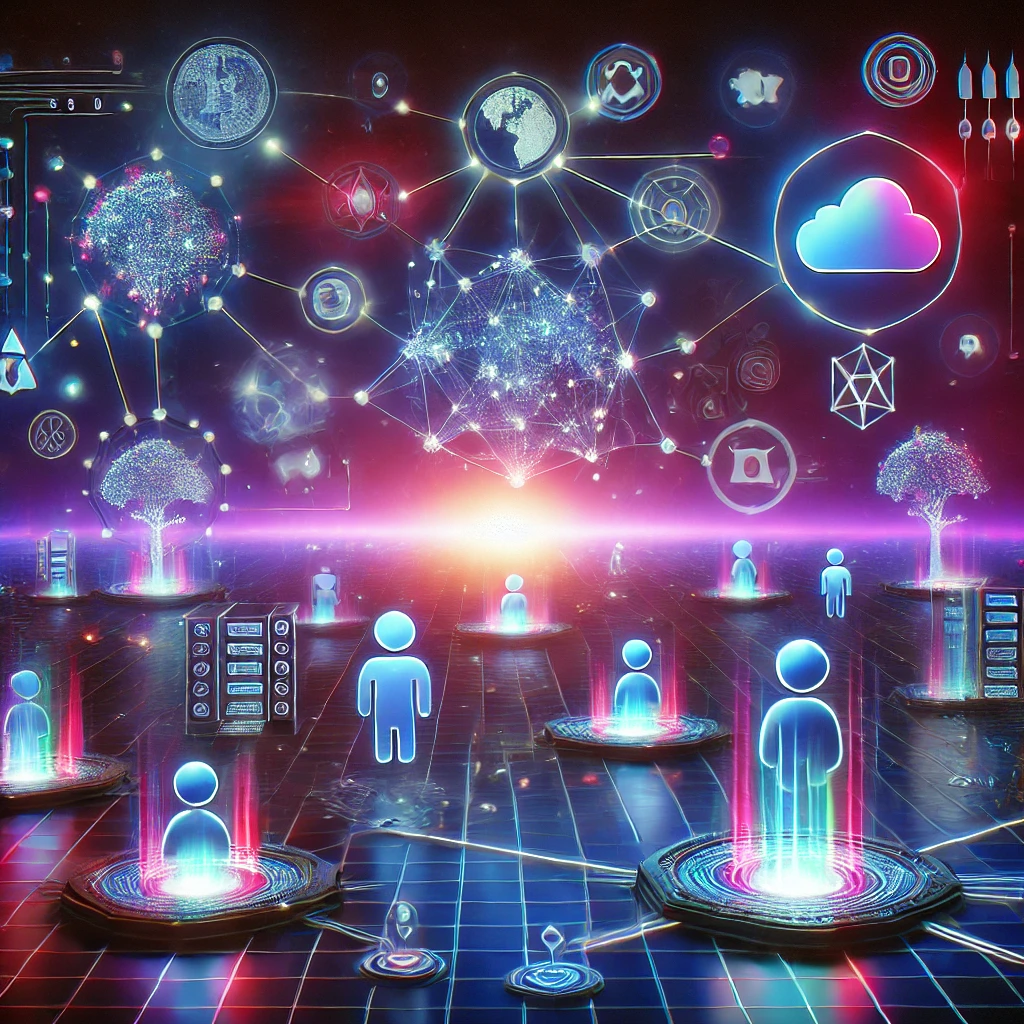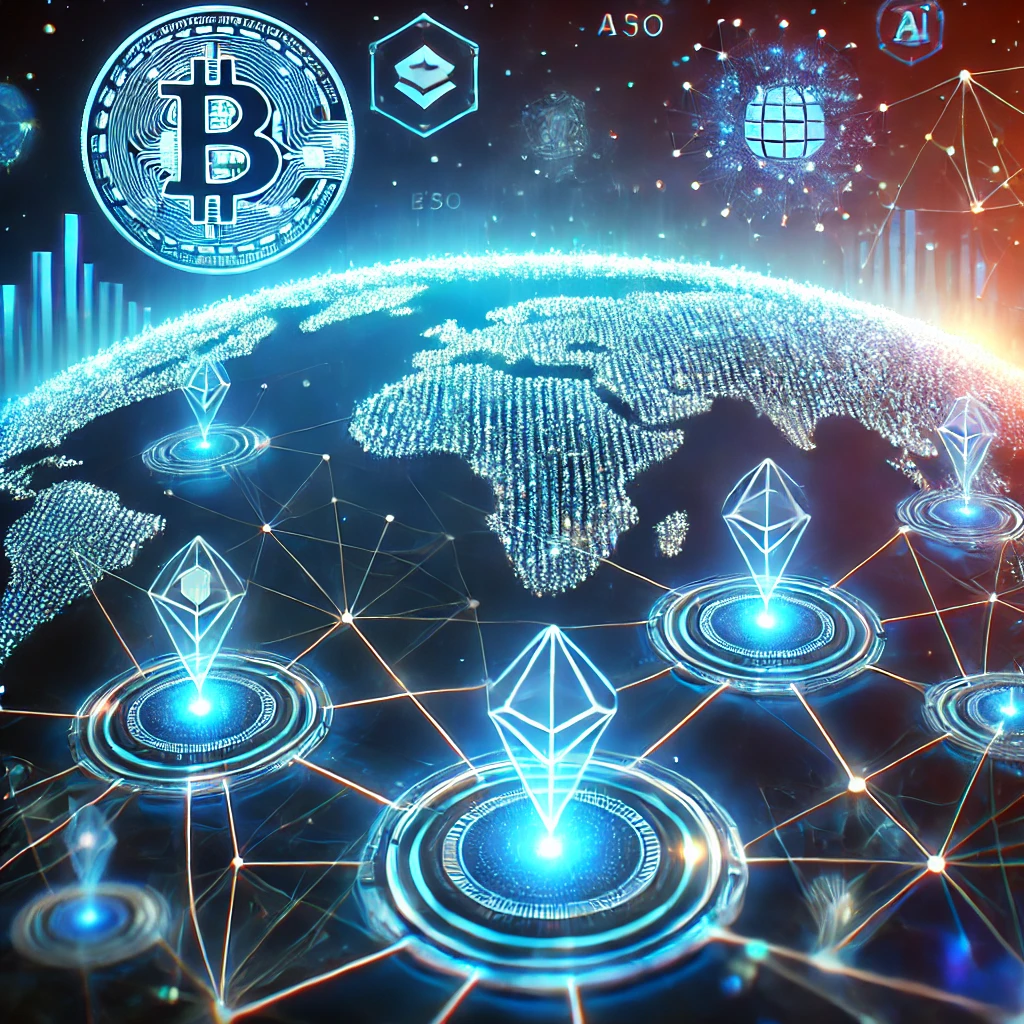The Future of Web 3.0
Introduction to Web 3.0
The internet as we know it is constantly evolving. From its humble beginnings as a static information platform (Web 1.0) to the dynamic, user-generated Web 2.0, the next iteration—Web 3.0—is set to revolutionize the digital landscape. But what exactly is Web 3.0, and why is everyone talking about it?
Evolution from Web 1.0 to Web 3.0
Web 1.0 was all about reading information. Think of it as a giant library where users could consume but not interact. Web 2.0 brought interactivity, social media, and collaboration. Platforms like Facebook, YouTube, and Twitter became dominant. Web 3.0, however, promises decentralization, empowering users to control their own data and interact directly without intermediaries.
Core Concepts of Web 3.0
At its heart, Web 3.0 focuses on decentralization, transparency, and user empowerment. It leverages blockchain technology, artificial intelligence (AI), and machine learning to create a more secure, personalized, and democratic internet.
Key Features of Web 3.0
Decentralization and Blockchain Technology
Web 3.0 is built on decentralized networks, meaning no single entity has control. Blockchain serves as its backbone, providing immutable and transparent data storage.
Enhanced User Privacy and Data Ownership
Unlike Web 2.0, where big tech companies monopolize user data, Web 3.0 ensures individuals retain ownership of their personal information, thanks to blockchain-based identity solutions.
Artificial Intelligence and Machine Learning
With advanced AI and machine learning, Web 3.0 can understand user behavior better, offering a more intuitive and seamless online experience.
Applications of Web 3.0
Decentralized Finance (DeFi)
DeFi platforms enable peer-to-peer transactions, removing the need for traditional banks. Imagine sending money to a friend overseas without worrying about hefty fees or delays.
Non-Fungible Tokens (NFTs)
NFTs are unique digital assets that revolutionize ownership in the art, music, and gaming industries. They’re redefining how creators and consumers interact.
Metaverse and Virtual Reality Integration
Web 3.0 powers the metaverse, a digital universe where users can work, play, and socialize using VR and AR technologies.
Benefits of Web 3.0 
User Empowerment
By decentralizing control, Web 3.0 empowers users, ensuring they’re not just passive participants but active contributors.
Interoperability Across Platforms
Web 3.0 promotes seamless integration between different platforms, creating a unified digital ecosystem.
Better Security and Reduced Censorship
Decentralization reduces the risks of hacks and censorship, making the internet a safer place for everyone.
Challenges and Limitations
Technical Barriers to Adoption
For Web 3.0 to become mainstream, technical complexities like blockchain scalability need addressing.
Regulatory and Ethical Concerns
Governments worldwide are still grappling with how to regulate blockchain and cryptocurrencies. Ethical issues, such as ensuring inclusivity, also remain.
Scalability Issues
Current blockchain technologies often struggle with speed and cost efficiency, hindering widespread adoption.
The Role of Blockchain in Web 3.0
Smart Contracts
These self-executing contracts automate processes, ensuring transparency and efficiency without intermediaries.
Tokenization
From real estate to art, tokenization is transforming asset ownership by making it more accessible and fractionalized.
How Web 3.0 Will Transform Industries
Finance and Banking
Decentralized systems are already shaking up traditional banking by providing faster and cheaper transactions.
Healthcare
Web 3.0 enables secure sharing of medical records, giving patients full control over their health data.
Education
With decentralized platforms, educators and learners can interact directly, removing geographical and institutional barriers.
The Future of Web 3.0 and Beyond
Web 3.0 vs. Web 4.0 Speculations
While Web 3.0 focuses on decentralization, Web 4.0 is expected to integrate even more advanced AI, creating a symbiotic relationship between humans and machines.
Innovations on the Horizon
From quantum computing to AI-driven ecosystems, the innovations emerging from Web 3.0 will set the stage for an even more connected and intelligent web.
Conclusion
Web 3.0 represents a massive leap forward in how we interact with the internet. Its focus on decentralization, user empowerment, and transparency promises to reshape industries and redefine our online experiences. While challenges remain, the potential for a fairer, more secure, and inclusive digital world is undeniable.
FAQs
What is Web 3.0 in simple terms?
Web 3.0 is the next evolution of the internet, focusing on decentralization and giving users more control over their data.
How does Web 3.0 differ from Web 2.0?
Unlike Web 2.0, which is dominated by centralized platforms, Web 3.0 uses blockchain to decentralize control and prioritize user privacy.
What are the key challenges in adopting Web 3.0?
Scalability, regulatory concerns, and technical barriers are the main hurdles in Web 3.0 adoption.
How will Web 3.0 impact digital privacy?
Web 3.0 ensures users own their data, enhancing privacy and reducing reliance on centralized authorities.
Is Web 3.0 already here?
While the foundations of Web 3.0 are in place, its full potential is still unfolding.
Thankyou for reading.

